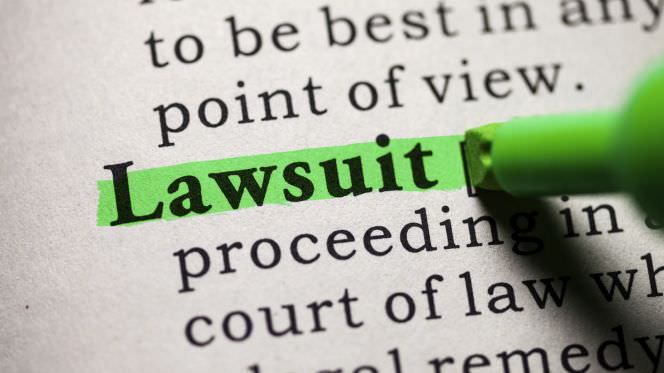Bill Parry started getting calls from his clients immediately — and they were furious.
At 4:00 p.m. on Dec. 1, General Electric issued a statement saying it was pulling about $5 billion in preferred stock from the market and exchanging it for shares with new terms. The securities had plummeted, erasing about $500 million in market value and enraging investors.
“The fact that it was a mandatory exchange was shocking,” said Parry, 55, managing director of capital markets at investment bank Seaport Global Securities, whose clients held the preferreds. “I immediately saw the angst and the anger among our investors.”
Parry, who’s traded in the bond market since 1986 for firms such as Bank of America and JPMorgan Chase, began calling the biggest holders of the securities that evening to plot a revolt. The next day 46 investors — from insurance companies to mutual fund behemoth Fidelity Investments — joined him on what became a regular conference call. More investors reached out to Parry as word of the calls spread, and the group quickly swelled to 108 investors who together owned more than $4 billion of the securities.
GE Capital
The securities were issued by GE Capital, the company’s finance arm. GE started selling the unit last year to focus on its core manufacturing business and avoid regulations imposed on systemically important financial institutions. The company said that the forced exchange was part of that restructuring and that it had the right to do it without a vote. The plans affected three series of preferred shares, which are hybrid securities with elements of stocks and bonds.
“We thought we were holding quality shares from a well-known name,” said Eric Chadwick, president of Flaherty & Crumrine Inc. “No one saw this coming. These were securities people relied on for income and didn’t expect anything like this to happen.”
Investors Disagree
While GE saw the new securities as having equal or greater value, investors disagreed. Although the company was offering a premium on the face value of the securities, the coupons were lower. That meant a lot to investors and mutual fund managers who counted on the income stream from the securities. And with the reduced coupon came the risk that GE might keep these perpetual notes outstanding beyond their call date — a scenario that wasn’t envisioned in the company’s valuation of the shares.
Parry, who became the point man to help the group explore its options, soon had two law firms walking the investors through their rights and legal alternatives. Among them, contesting the exchange through Delaware’s courts. An esoteric part of mergers and acquisitions law allows holders to do this, provided they act within a certain period — in this case before Dec. 21.
Jeff Bahl, whose investment advisory firm Bahl & Gaynor held about $15 million of the securities for several families, says he worried about a backlash from his clients. After all, he’d sold them on the idea that the securities were a good bet. The calls helped him better understand his appraisal rights.
‘Proactive Position’
“The feelings of betrayal by GE eventually moved on to more of a proactive position of, ‘Hey, we can actually get this back and then some,’” Bahl said.
For his part, Parry encouraged the group to pressure GE on multiple fronts. Because the industrial giant was asking U.S. regulators to drop GE Capital’s SIFI designation, some of the investors wrote letters of complaint to the Federal Reserve and the Securities and Exchange Commission.
“I encouraged every holder to call GE investor relations,” he said. “But I also asked bondholders to empower me to speak for the group.”
GE Caves
Parry spoke with GE’s head of litigation, Christopher Moore, daily to update him on what the investors wanted. On Dec. 14, Parry told Moore that some members of the group were close to hiring lawyers and filing a class action. He also reminded Moore that the investors were readying to file individually for their appraisal rights by the Dec. 21 deadline. Parry says the threat of litigation was intended to increase the pressure on GE, but the group wanted to avoid a lengthy lawsuit that might eat into any proceeds. His ultimate goal, he said, was simply to find an acceptable redress for the investors.
The onslaught worked. On Dec. 15, GE caved and promised to provide revised terms. It soon gave holders the option to swap the securities for yet another set of shares that helped allay investor concerns.
“We listened to our investors, and we’re happy with the results,” said Susan Bishop, a GE spokeswoman. The company announced a 96 percent participation in the revised tender in a Jan. 20 statement.
According to Bahl, the resolution gave him reason to exhale. “I would be lying that I didn’t have an extra Budweiser that night,” he said.
Parry was in a celebratory mood, too. He’s been trying to get bondholders to band together in such situations, and he says presenting a united front in this case could mark a turning point.
“This was a huge win,” he said.
Source: www.bloomberg.com



